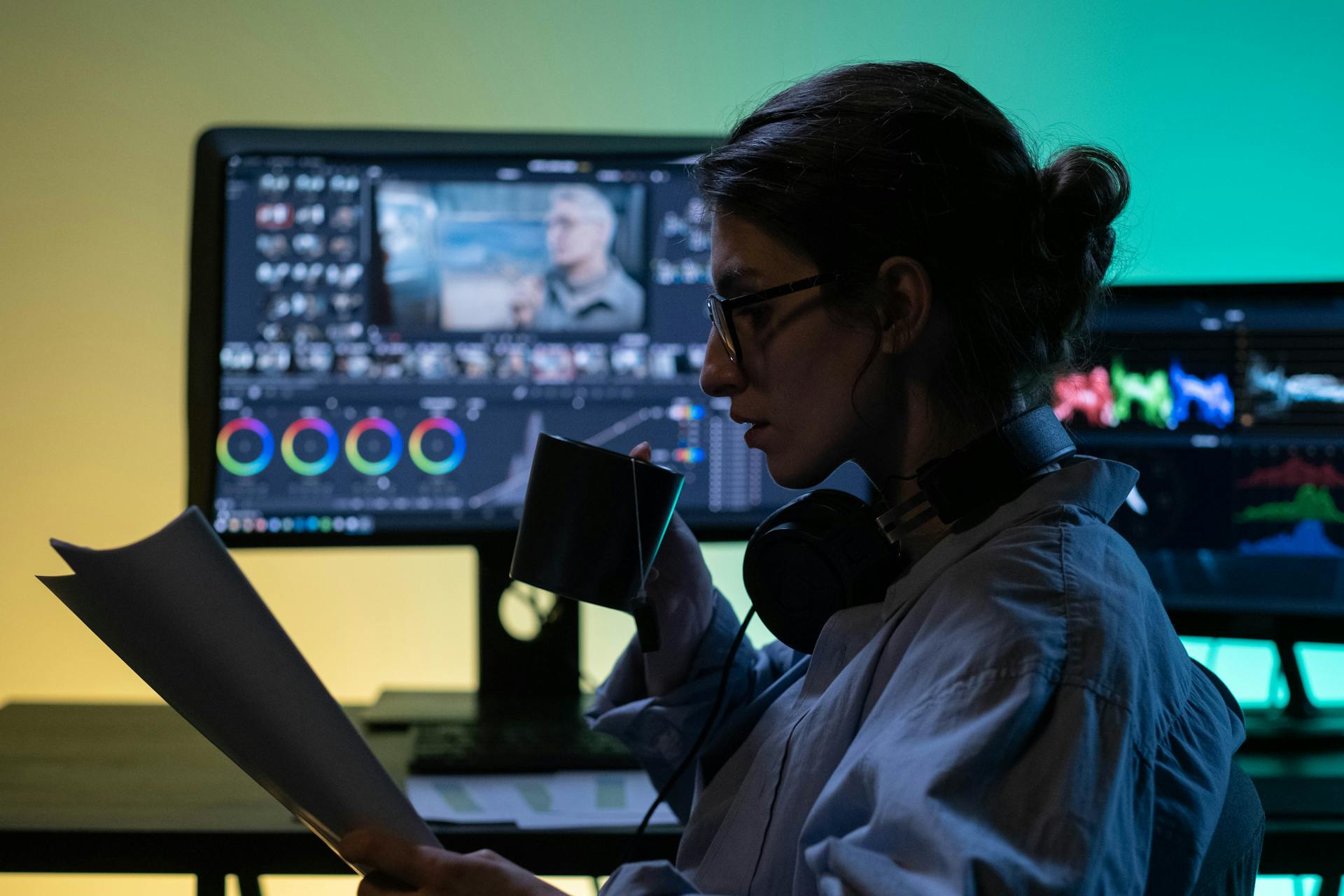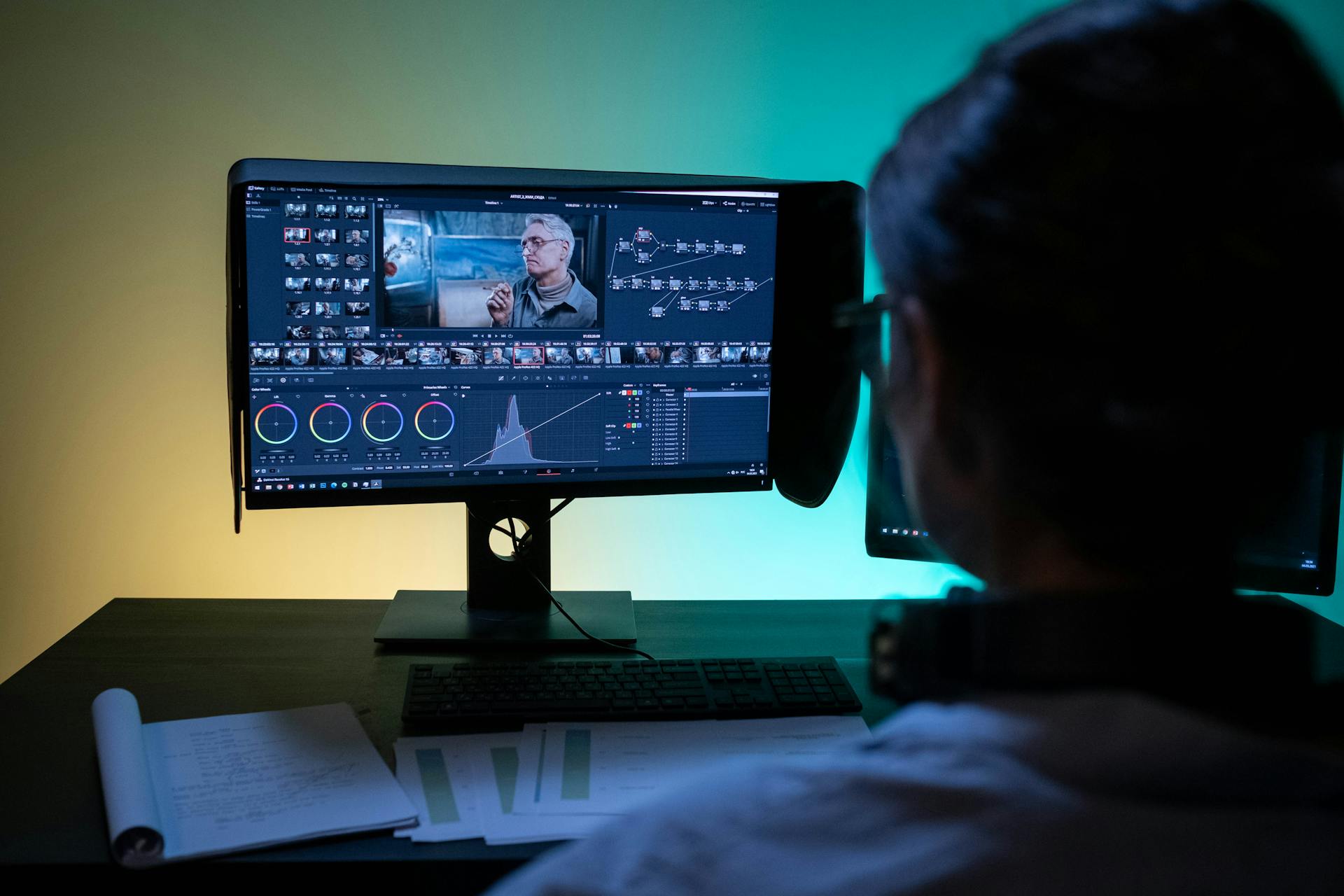In today’s fast-evolving digital landscape, the art of portraiture is experiencing a revolutionary transformation. Headshots have evolved into a dynamic expression of personality and professionalism, fueled by the rapid advancements in artificial intelligence (AI) image generation. This article explores how intelligent imaging technologies are reshaping the way we capture and present ourselves, offering a glimpse into the future of professional imagery.
The Dawn of AI-Driven Imaging
The integration of AI into imaging processes marks a significant turning point in photography. AI image generation has moved beyond basic filters and retouching; it now plays a central role in creating portraits that are not only visually appealing but also uniquely tailored to individual identity.
Key Transformations in Portraiture
- Personalized Enhancements:
AI algorithms analyze facial features and lighting conditions to automatically adjust and optimize images. This process goes far beyond mere beautification—it captures the essence of the subject, ensuring that each headshot reflects a nuanced personality. By detecting subtle facial expressions and even mood, intelligent imaging tailors enhancements to create a balanced, professional look. - Dynamic Contextualization:
Modern headshots no longer rely on static backgrounds or setups. Intelligent imaging technologies blend the subject with contextual elements that resonate with their professional persona. Whether it’s a corporate executive or a creative freelancer, the resulting portrait is more than just a photo—it’s a narrative that communicates professionalism and individuality.
Fusion of Artistry and Technology
At the heart of this revolution is the seamless integration of advanced algorithms with traditional photography principles. This fusion creates a hybrid model where human creativity and machine precision collaborate to produce superior results.
In practice, some innovative solutions like CGDream integrate Flux technology to generate convincing visuals while offering original LoRA styles. This capability supports the transfer of artistic styles between images, maintaining consistency and enhancing the unique character of each portrait.
The Role of AI in Image Generation
AI image generation leverages deep learning and neural networks to understand and replicate human aesthetics. These systems are trained on vast datasets of professional portraits, enabling them to identify and replicate successful compositional techniques. Here’s how AI is making its mark:
- Automated Adjustments:
By automatically managing lighting, contrast, and background details, AI significantly reduces the need for extensive post-processing. This efficiency not only speeds up the workflow but also allows photographers to focus more on capturing the perfect shot. - Tailored Refinements:
Beyond basic corrections, AI tools offer advanced retouching that respects the unique characteristics of each subject. They can smooth out imperfections while preserving natural textures, ensuring that the final image remains authentic and true to the individual. - Innovation in Composition:
AI doesn’t just enhance images; it innovates on composition. By experimenting with angles, perspectives, and background integrations, AI-generated portraits often bring fresh visual dynamics that traditional methods might overlook. This innovative approach is particularly valuable in today’s competitive digital space, where first impressions are made online.
Industry Impact and Market Trends
The rise of AI in headshot photography reflects broader shifts within the imaging industry. As remote work and digital presence become increasingly central to professional life, the demand for high-quality, personalized headshots has surged.
Industry Shifts and Economic Implications
- Increased Demand for Digital Headshots:
With professional profiles and social media platforms becoming essential tools for career advancement, there is a growing need for headshots that convey both competence and individuality. AI-powered imaging meets this demand by offering quick turnaround times and consistent quality. - Investment in R&D:
Both startups and established imaging companies are heavily investing in AI research. These investments are driving rapid advancements in imaging technology, paving the way for even more innovative solutions in the near future. The technology is not static; it continuously evolves to offer better, more refined outputs. - Collaborative Innovations:
The interplay between technology firms and creative professionals is a key driver of progress. Conferences, trade shows, and collaborative projects are fostering a culture of innovation where technical expertise meets creative expression. These events serve as incubators for new ideas, merging artistic vision with cutting-edge AI tools.
In addition, tools such as the ai headshot generator allow for the transfer of characters, structures, and even 3D model adjustments to enhance 2D visuals, demonstrating how AI capabilities can be seamlessly applied to modern headshot photography.
Looking Ahead: The Future of AI Image Generation
The trajectory of AI in portraiture is one of ongoing innovation. As algorithms become more sophisticated and datasets grow larger, the potential for hyper-personalized, contextually rich headshots is boundless.
Emerging Trends to Watch
- Real-Time Image Generation:
Future advancements may allow for real-time AI enhancements during photoshoots, where adjustments and creative suggestions are made on the fly. This immediacy could revolutionize studio photography, making sessions more interactive and personalized. - Ethical and Creative Considerations:
As with all emerging technologies, the rise of AI in imaging brings ethical questions regarding authenticity and representation. The industry is increasingly focused on ensuring that AI-generated images remain true to the subject’s identity, avoiding overly artificial modifications that could distort reality. - Integration with Virtual and Augmented Reality:
Beyond still images, the principles of AI image generation are extending into virtual and augmented reality, offering immersive experiences where professional portraits interact dynamically with virtual environments. This integration could redefine how we experience digital identity and presence.
Conclusion
The fusion of traditional portraiture with AI image generation is more than a technological upgrade—it’s a fundamental reimagining of how we capture human essence. By merging the precision of machine learning with the art of photography, intelligent imaging is setting new standards for headshots in the digital age. Whether you’re a professional looking to make a strong first impression or a creative individual seeking a portrait that tells your story, the evolution of AI-driven imaging promises a future where every headshot is as unique as the person behind it.
Embracing these innovations means stepping into a realm where technology and artistry work hand in hand, transforming not only how we look, but how we present our very selves in a rapidly digitizing world.


